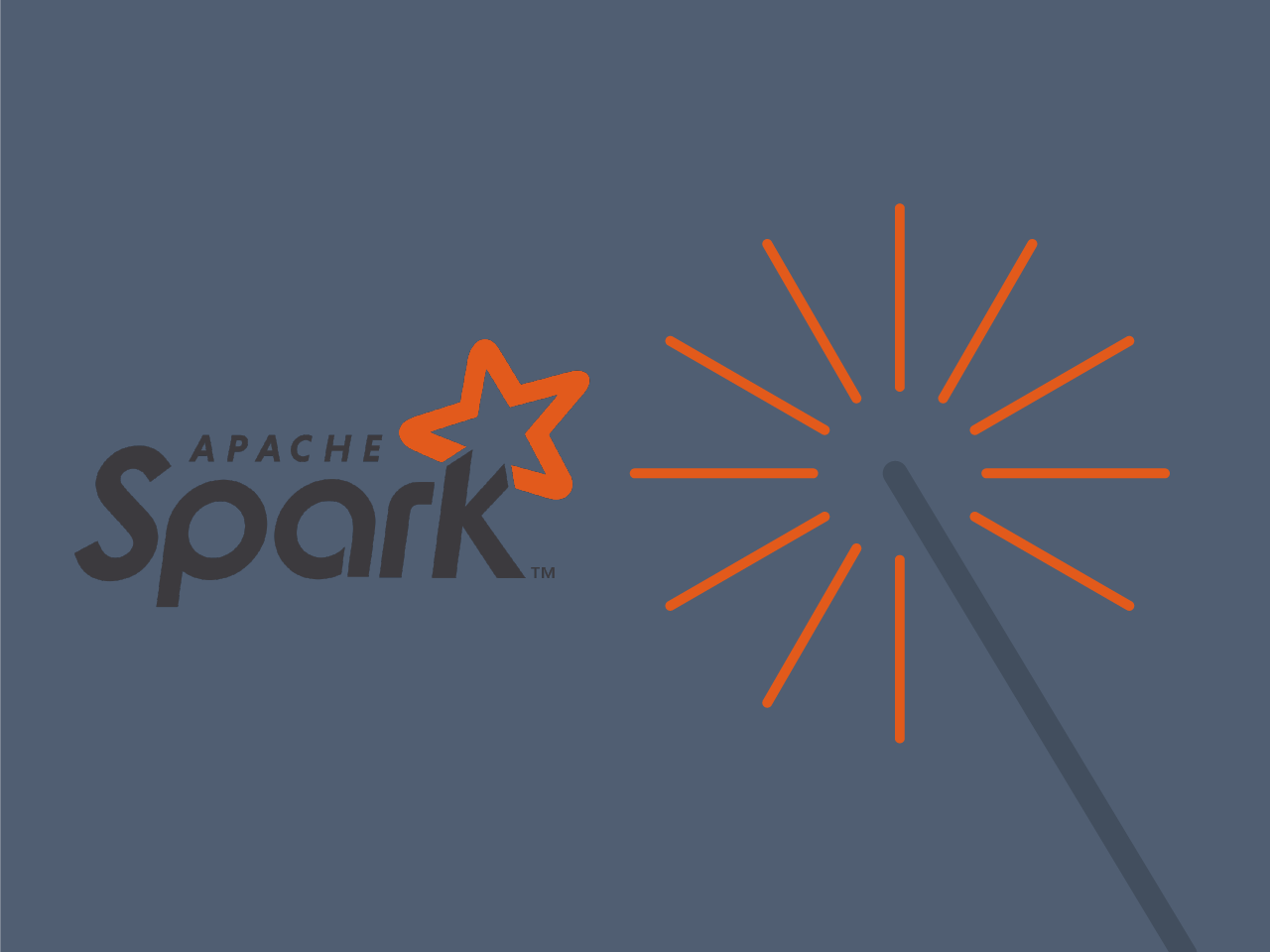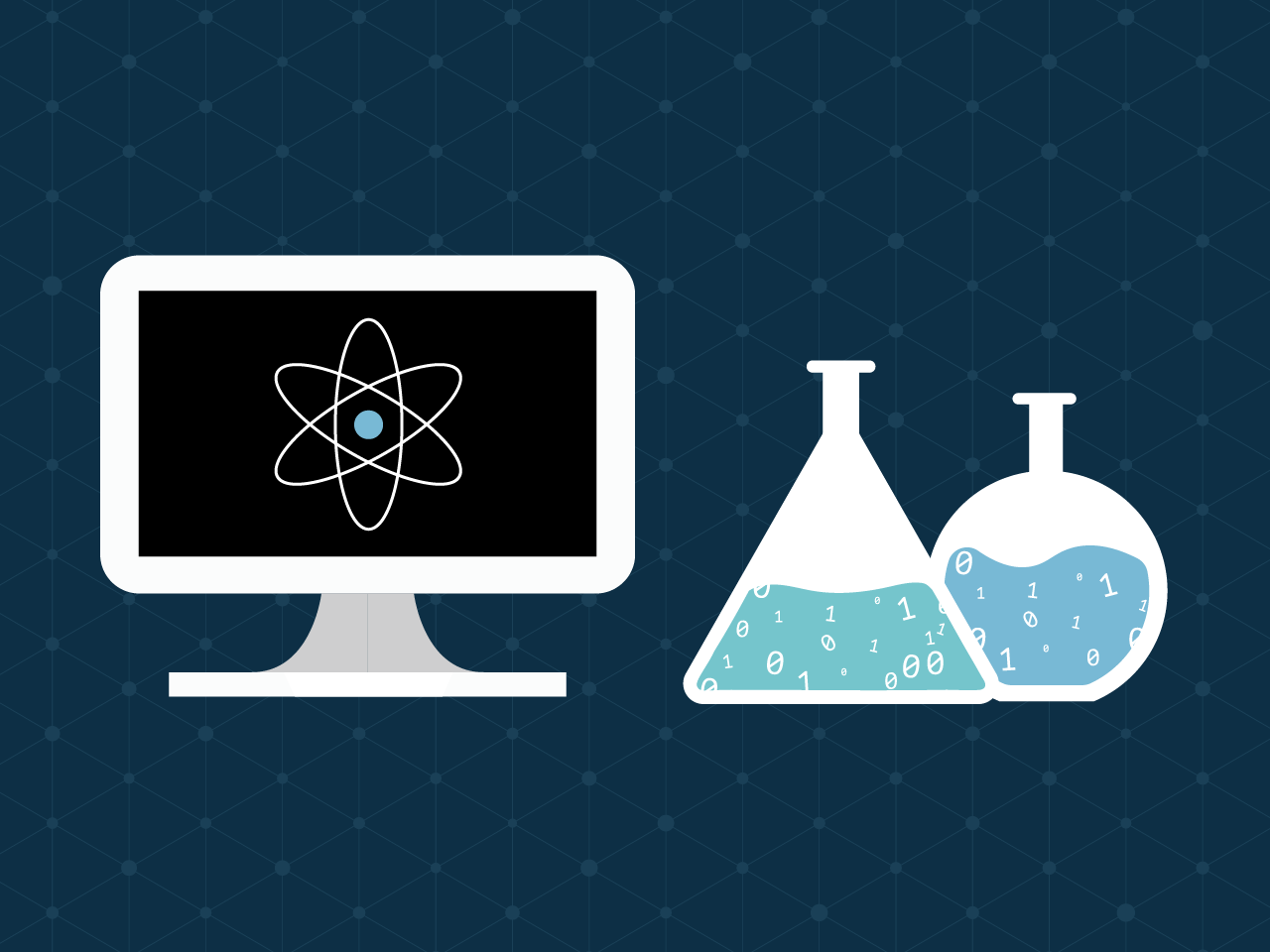
Spark Fundamentals I
About This Course Learn the fundamentals of Spark
the technology that is revolutionizing the analytics and big data world! Spark is an open source processing engine built around speed, ease of use, and analytics. If you have large amounts of data that requires low latency processing that a typical MapReduce program cannot provide, Spark is the way to go.
- Learn how it performs at speeds up to 100 times faster than Map Reduce for iterative algorithms or interactive data mining.
- Learn how it provides in-memory cluster computing for lightning-fast speed and supports Java, Python, R, and Scala APIs for ease of development.
- Learn how it can handle a wide range of data processing scenarios by combining SQL, streaming and complex analytics together seamlessly in the same application.
- Learn how it runs on top of Hadoop, Mesos, standalone, or in the cloud. It can access diverse data sources such as HDFS, Cassandra, HBase, or S3.
Course Syllabus
Module 1 - Introduction to Spark - Getting started
1. What is Spark and what is its purpose?
2. Components of the Spark unified stack
3. Resilient Distributed Dataset (RDD)
4. Downloading and installing Spark standalone
5. Scala and Python overview
6. Launching and using Spark’s Scala and Python shell ©
Module 2 - Resilient Distributed Dataset and DataFrames
1. Understand how to create parallelized collections and external datasets
2. Work with Resilient Distributed Dataset (RDD) operations
3. Utilize shared variables and key-value pairs
Module 3 - Spark application programming
1. Understand the purpose and usage of the SparkContext
2. Initialize Spark with the various programming languages
3. Describe and run some Spark examples
4. Pass functions to Spark
5. Create and run a Spark standalone application
6. Submit applications to the cluster
Module 4 - Introduction to Spark libraries
1. Understand and use the various Spark libraries
Module 5 - Spark configuration, monitoring and tuning
1. Understand components of the Spark cluster
2. Configure Spark to modify the Spark properties, environmental variables, or logging properties
3. Monitor Spark using the web UIs, metrics, and external instrumentation
4. Understand performance tuning considerations
FAQs?
No FAQs available for this category.
















